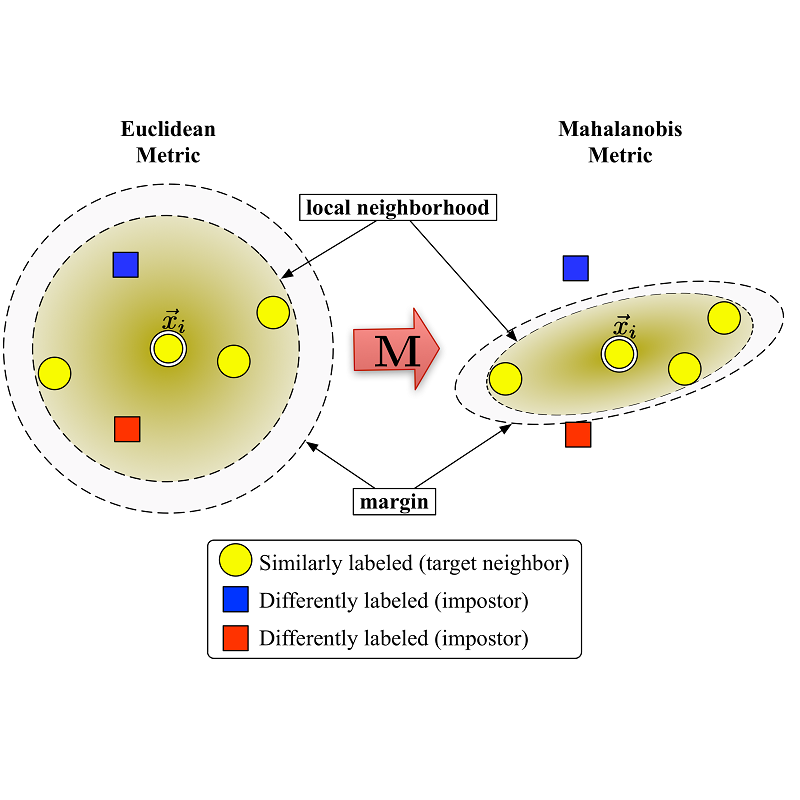Pair-wise loss is an approach to metric learning that learns a semantic embedding by optimizing a loss function that encourages images from the same semantic class to be mapped closer than images from different classes. The literature reports a large and growing set of variations of the pair-wise loss strategies. Here we decompose the gradient of these loss functions into components that relate to how they push the relative feature positions of the anchor-positive and anchor-negative pairs. This decomposition allows the unification of a large collection of current pair-wise loss functions. Additionally, explicitly constructing pair-wise gradient updates to separate out these effects gives insights into which have the biggest impact, and leads to a simple algorithm that beats the state of the art for image retrieval on the CAR, CUB and Stanford Online products datasets.
翻译:Pair-wise 损失是一种衡量学习方法,通过优化一种鼓励来自同一语义类的图像比来自不同类的图像更接近于绘图的流失功能来学习语义嵌入。 文献报告了一系列大型且不断扩大的双向损失策略变异。 我们在这里将这些损失函数的梯度分解成一些组件, 这些元素与它们如何推动锚阳性和锚阴性双对的相对特征位置有关。 这种分解使得大量当前配对式损失函数得以统一。 此外, 明确构建双向梯度更新以分离这些效果, 能够洞察到哪些影响最大, 并导致一种简单的算法, 打败CAR、 CUB和斯坦福在线产品数据集的图像检索艺术状态 。





